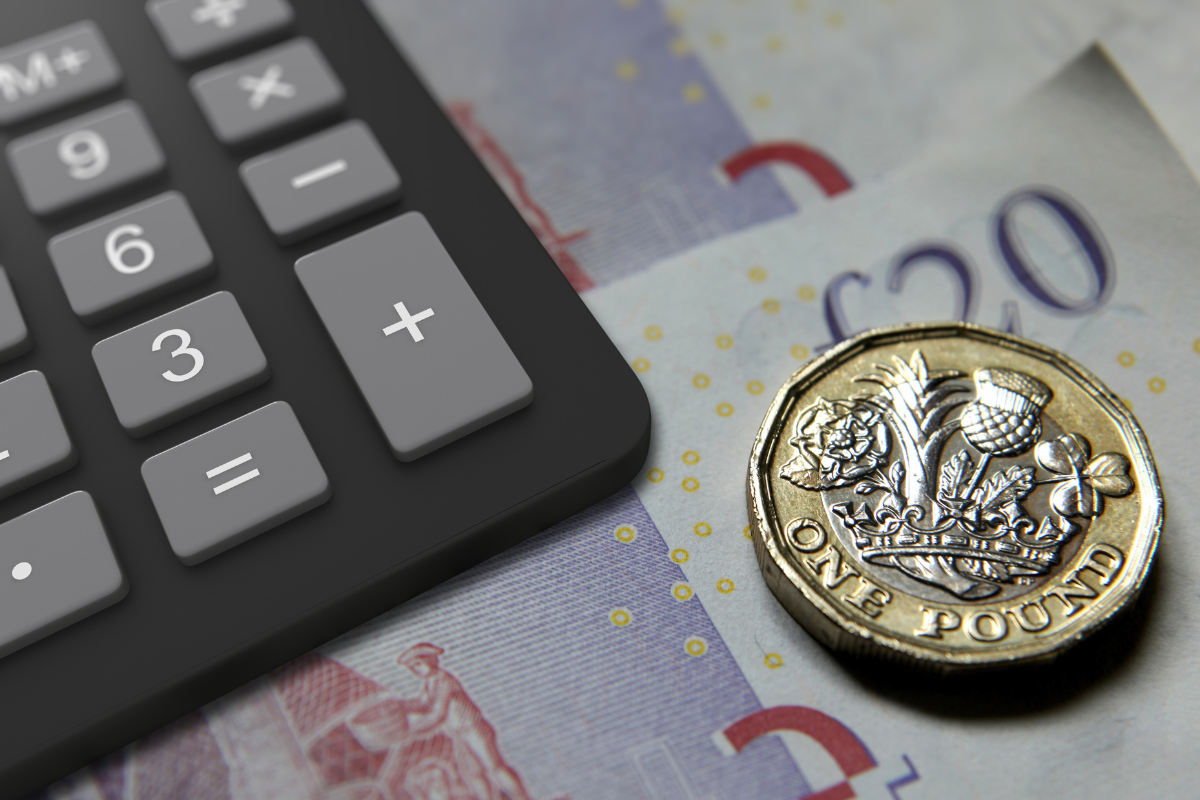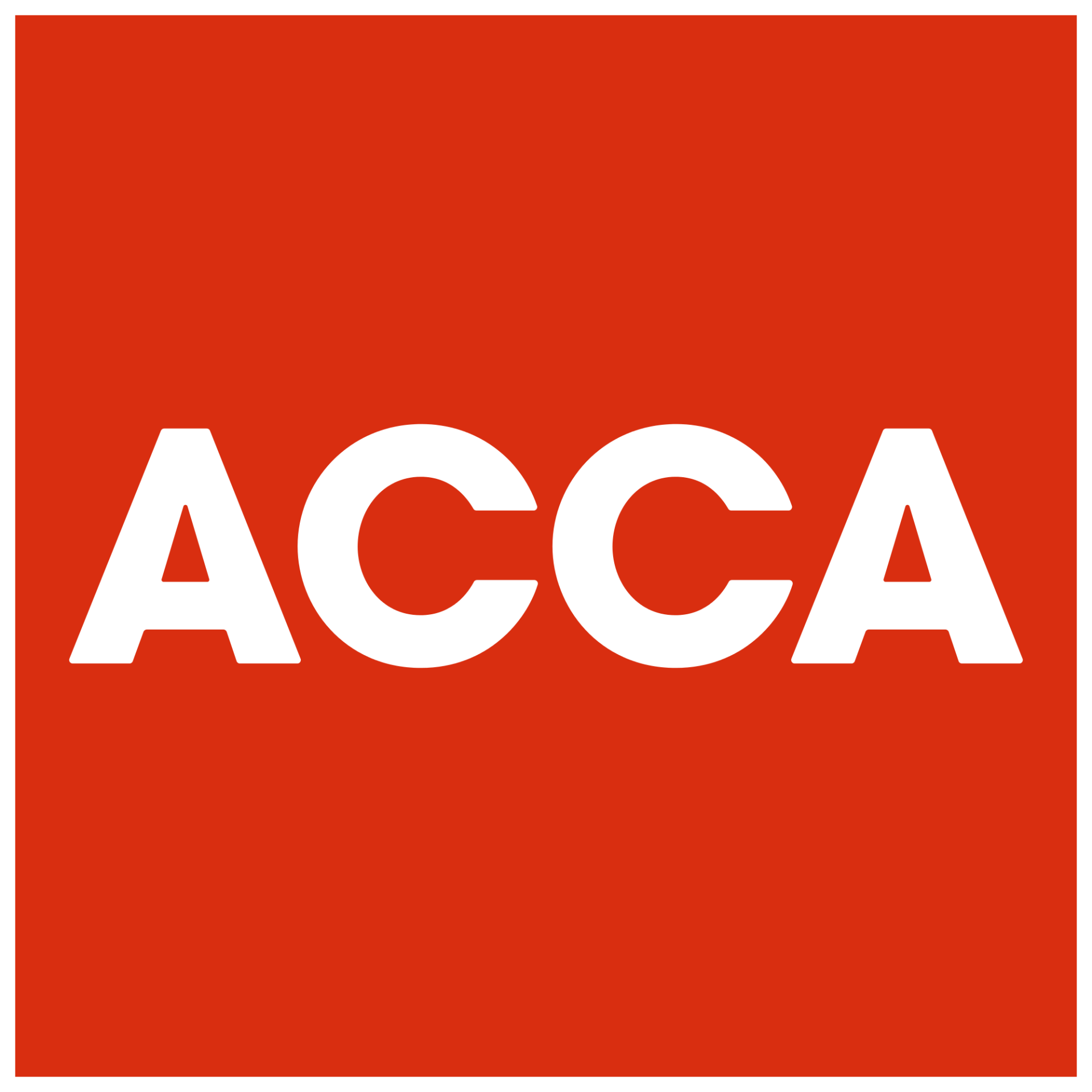Self-assessment - Payment on account
What is a payment on account? Why has my tax liability doubled?
These are the most popular questions we get asked when completing self-assessment tax returns.
So what is a payment on account?
HMRC assume an individual will earn more income in the following year, compared to the previous year. Due to this, they take an advance tax payment towards next year’s self-assessment tax bill.
Payment on accounts are applicable when your current year’s tax liability is in excess of £1,000.00. The way this gets calculated is the current year’s self-assessment tax liability almost doubles. 75% of the total figure will be due for payment by the 31st January (the same deadline in which the tax return gets submitted), and the remaining 25% will be due in the same year by the 31st July.
Another reason why HMRC do this is so it spreads the cost of the upcoming year’s tax which may help taxpayers to pay this off rather than in one go.
If you make a payment on account and your income or business profits are lower than expected, HMRC will refund you.
Can the payment on account be reduced?
The payment on account can be reduced if you believe you may not earn as much income or business profits are lower in the following year. However, if you reduce the payment on account and you do earn more income than the previous year, HMRC may charge you interest and may ask you to pay the full payment on account that should have been paid.
If you pay the payment on account in full and you do not earn as much income, HMRC will refund the extra tax paid or, the extra payment will be offset against next year’s self-assessment tax liability.
How do I pay the payment on account?
You can login to your HMRC tax account which will show if any payments are due to be made. Alternatively, you can contact us at 1st Class Accounts and we can advise accordingly.
You will be able to make the payment online or via bank transfer. If you're making a bank transfer, please use your self-assessment UTR (10-digit reference number) followed by the letter ‘K’ as the reference for the payment.
If you need to file a self-assessment tax return and want some more advice, please contact us and we will be happy to help! You can book a consultation using the form below.












